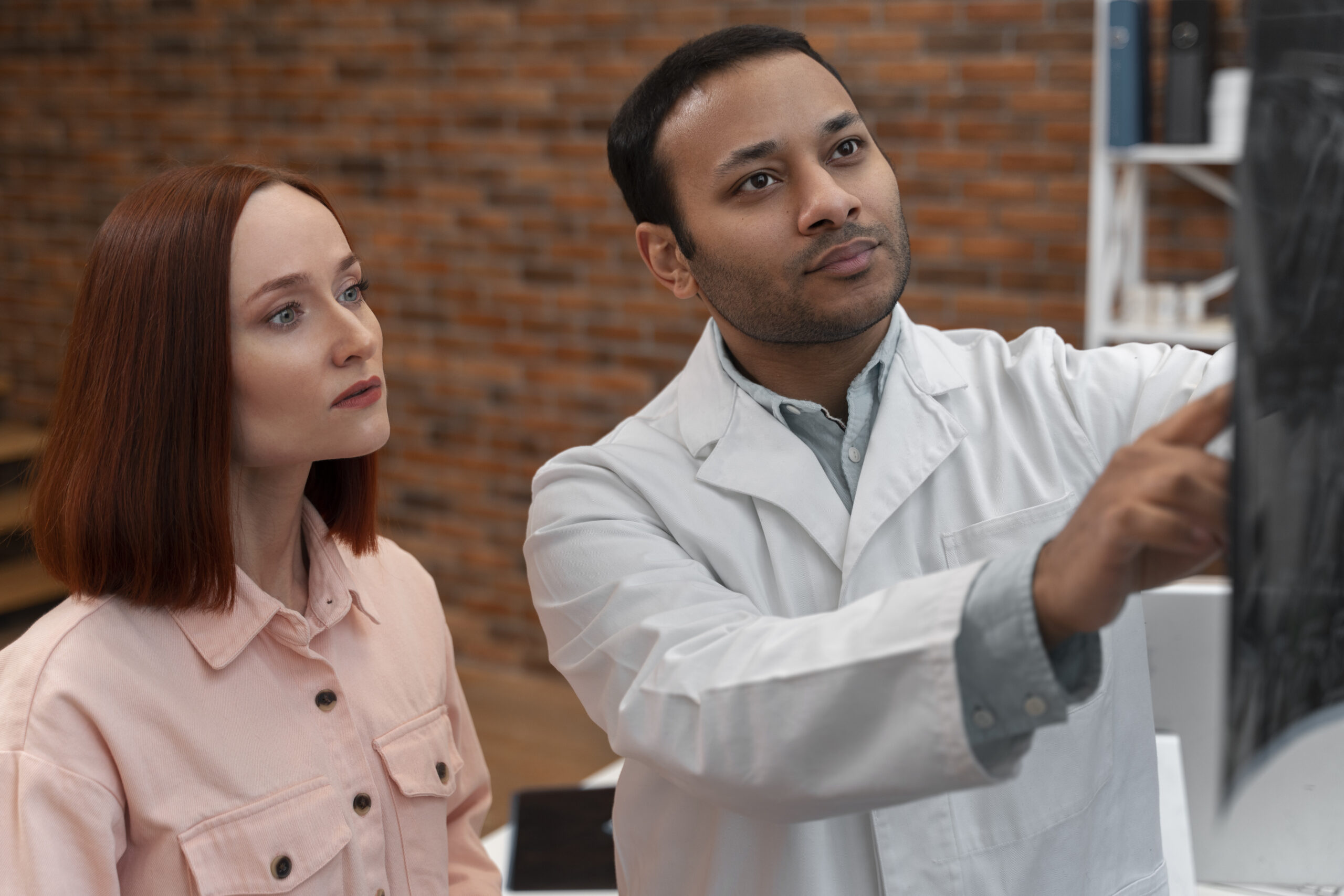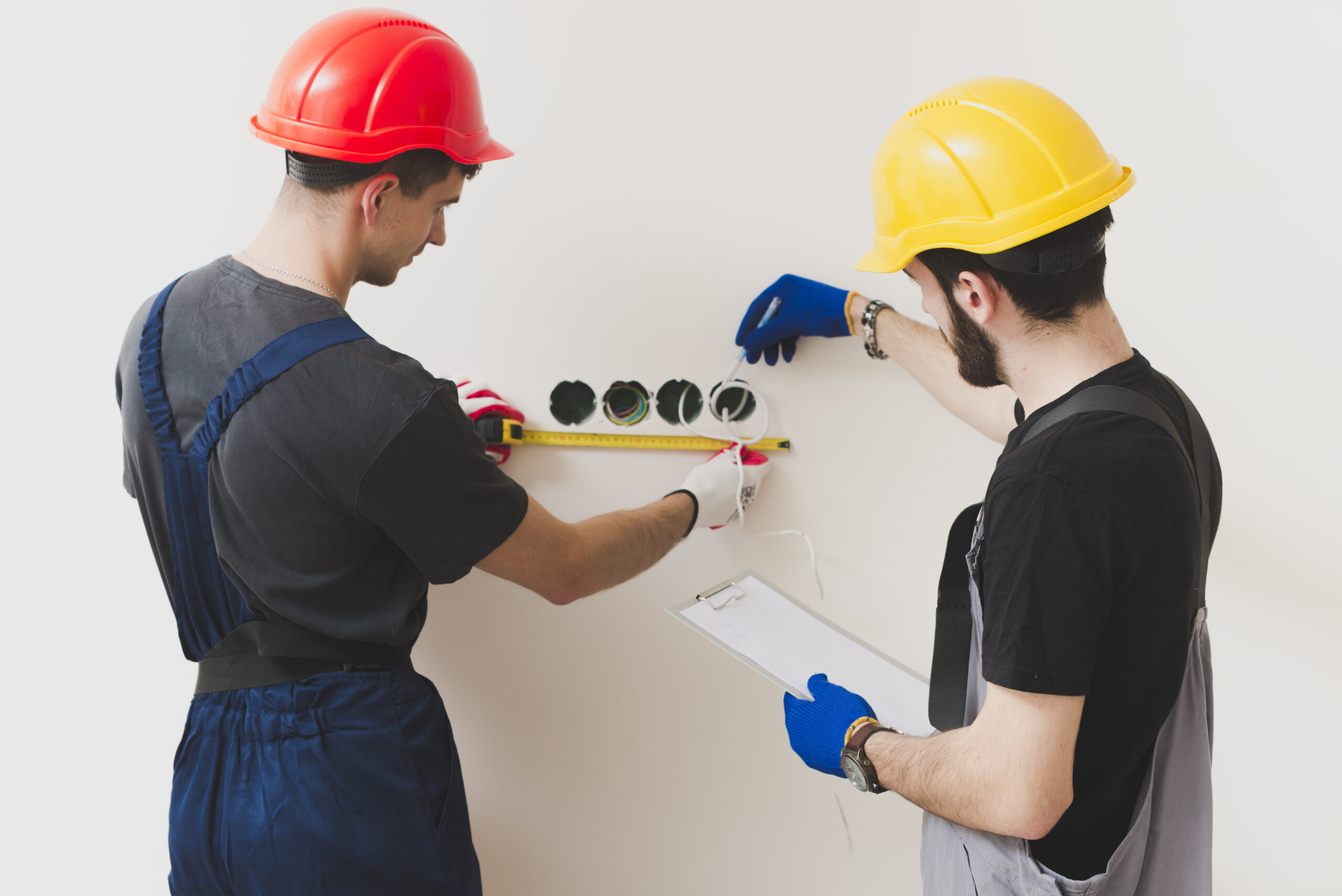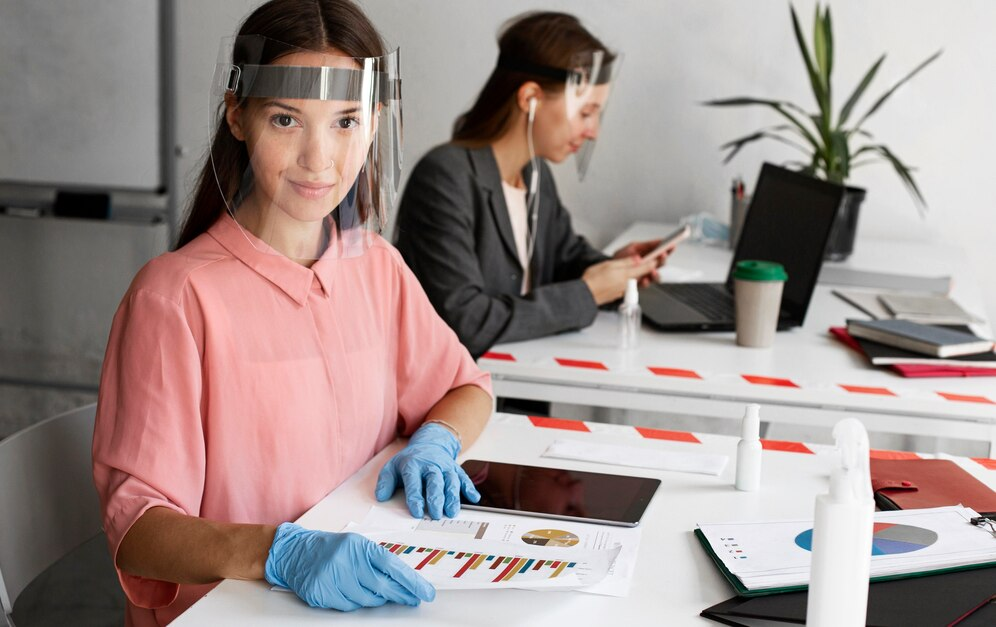Introduction to XRF Lead Testing in NYC
Lead contamination is a serious health hazard, especially in an urban environment like New York City. Many older buildings in the city still contain lead-based paints, which pose a threat to residents, workers, and especially young children. This is where XRF lead testing becomes invaluable. Whether you’re a property owner or a contractor, conducting an XRF lead testing service ensures that your building is safe, compliant with local regulations, and free from lead contamination.
New York City has stringent guidelines when it comes to lead testing and abatement. The use of XRF (X-ray fluorescence) technology for detecting lead has become one of the most efficient and reliable methods in determining the presence of lead in painted surfaces, dust, soil, and water. Understanding the process, benefits, and legal obligations of XRF lead testing can save you from potential fines and ensure the safety of occupants.
What is XRF Lead Testing?
XRF lead testing is a non-destructive analytical technique used to measure the presence of lead in different materials, especially paint. The XRF device emits X-rays that interact with the materials, causing them to emit secondary X-rays. These secondary X-rays are unique to each element, allowing the device to identify and quantify the amount of lead present without damaging the surface being tested.
This technology is widely used in NYC due to its accuracy, speed, and ability to test multiple surfaces efficiently. XRF testing is often required in properties built before 1978, as lead-based paint was commonly used in construction prior to being banned.
Benefits of XRF Lead Testing
- Non-invasive: XRF lead testing does not damage the material being tested, making it ideal for historic buildings or areas where preservation is important.
- Quick results: Results are available immediately, allowing for prompt action if lead is detected.
- Accurate: XRF technology is highly accurate, ensuring that even low levels of lead can be detected.
- Cost-effective: Compared to other testing methods, XRF testing is often more affordable, especially when testing large areas.
Why is XRF Lead Testing Important in NYC?
New York City’s buildings, many of which are over a century old, are at a higher risk of containing lead-based materials. Lead poisoning can cause severe health issues, including developmental delays in children, neurological damage, and even death in extreme cases. With NYC’s population density, the risk of lead exposure is particularly high, especially in residential and commercial buildings undergoing renovations.
In response to these risks, NYC’s Local Law 1 of 2004 mandates that all landlords of buildings constructed before 1960, or between 1960 and 1978 if lead paint is suspected, conduct lead-based paint inspections and abatement if necessary. Failure to comply with these regulations can result in hefty fines, penalties, and legal action.
By opting for XRF lead testing, property owners and contractors can:
- Ensure compliance with local regulations
- Protect tenants, workers, and families from lead exposure
- Mitigate legal liabilities
- Maintain the property’s value and marketability
The XRF Lead Testing Process: What to Expect
Step 1: Site Inspection
The first step in the XRF lead testing process involves a thorough site inspection by a certified lead inspector. The inspector will assess the building and identify areas where lead-based paint is likely to be present. This includes walls, windows, doors, and any other surfaces that were painted before lead paint was banned.
Step 2: XRF Scanning
Once the inspection is complete, the XRF device is used to scan the suspected areas. The device is handheld and portable, allowing the inspector to easily move around the property. The XRF scanner is pointed at the surface, and within seconds, it provides a reading that indicates whether lead is present and in what concentration.
Step 3: Data Analysis and Reporting
After the scanning is complete, the data collected from the XRF device is analyzed. The inspector compiles a detailed report outlining the areas where lead was detected, the concentration levels, and recommendations for abatement or remediation if necessary. This report is crucial for ensuring compliance with NYC’s lead safety regulations.
Step 4: Abatement and Follow-up Testing
If lead is found, the next step is to remove or encapsulate the contaminated areas. After abatement, a follow-up XRF lead test is often required to ensure that the lead has been effectively removed or contained. This follow-up testing provides peace of mind to property owners and ensures that the building is safe for occupancy.
Who Should Conduct XRF Lead Testing in NYC?
Only EPA-certified lead inspectors and risk assessors should conduct XRF lead testing. These professionals are trained to handle the equipment and understand the regulations surrounding lead-based paint in New York City. It’s important to hire a reputable company that specializes in lead testing services to ensure accurate results and compliance with local laws.
For contractors, it’s especially important to ensure that your projects are lead-safe. Renovations, demolitions, or repairs in older buildings can release dangerous lead dust into the air, putting workers and residents at risk. XRF lead testing can identify these hazards before work begins, allowing for proper precautions to be taken.
Compliance with NYC Lead Safety Laws
In addition to Local Law 1, other regulations that govern lead safety in NYC include:
- HPD Inspections: The NYC Department of Housing Preservation and Development (HPD) conducts regular inspections to ensure compliance with lead safety laws in residential buildings.
- Department of Health Regulations: The NYC Department of Health (DOH) requires that property owners provide annual lead-based paint notices to tenants in buildings built before 1960.
- Lead Renovation, Repair and Painting (RRP) Rule: Contractors working on projects that disturb lead-based paint must follow specific lead-safe work practices to minimize lead dust exposure.
Non-compliance with these laws can lead to significant financial penalties, lawsuits, and the potential closure of a building.
How to Choose the Best XRF Lead Testing Service in NYC
When choosing an XRF lead testing service in NYC, consider the following factors:
- Certification: Ensure the company is certified by the EPA and follows all local and federal regulations.
- Experience: Look for a company with extensive experience in lead testing, particularly in NYC, where regulations can be complex.
- Reputation: Check reviews and testimonials from past clients to gauge the company’s reliability and professionalism.
- Equipment: The company should use state-of-the-art XRF devices to ensure accurate and timely results.
Conclusion
XRF lead testing is an essential service for property owners and contractors in New York City, especially those working with older buildings. By ensuring your building is lead-free, you can comply with local laws, protect your tenants and workers, and avoid costly legal issues.






